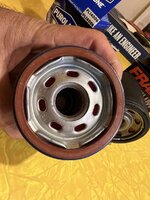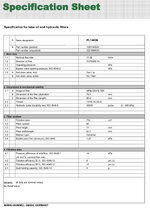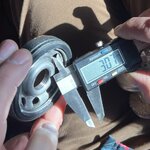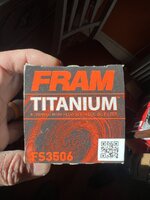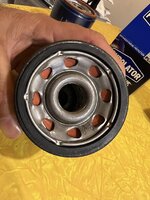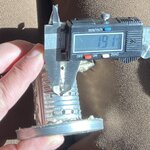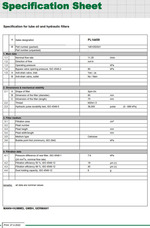There seems to be at least three different types of media used on PurolatorOne filters: High efficiency cellulose (17 micron), low efficiency cellulose (40 micron), and "cellulose & synthetic fiber & glass fiber" (26-30 micron).
The highest efficiency media is most restrictive, and the lowest efficiency media is least restrictive and has the highest holding capacity.
I've attached some examples. PL14459 uses 40-micron cellulose media and has by far the lowest restriction. PL14610 (and most other P-One filters) uses 30-micron synthetic blend and has less restriction than the 17-micron PL14006, even with a bit less media area.
Surprisingly, the cellulose media seems to have a better balance of restriction and efficiency than the synthetic blend.




